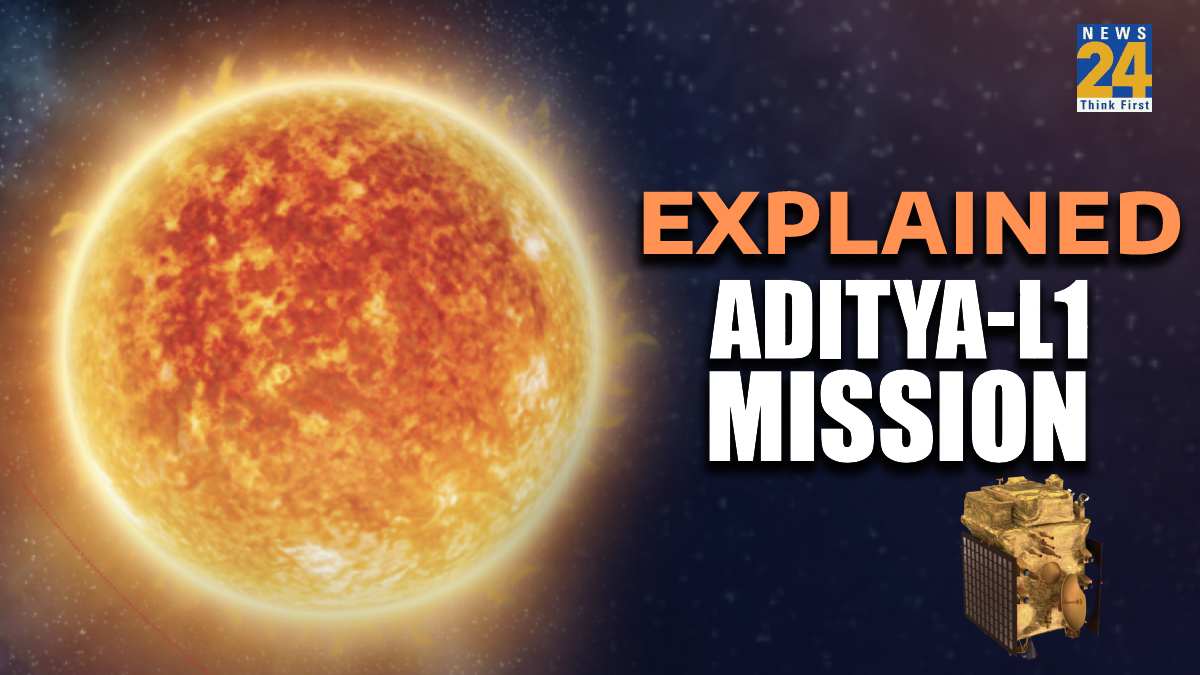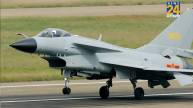New Delhi: Prime Minister Narendra Modi was elated on Wednesday as India’s Lunar Mission Chandrayaan-3 acheived a new feat. After the news of the soft landing on Moon, the Prime Minister stated that India will now aim at the Sun.
While addressing the nation on Wednesday, PM Modi announced another visionary solar probe mission: Aditya L1 Mission. Along with that, there will be India’s first manned space-flight mission: Gaganyaan.
PM Modi said, “For comprehensive study of the sun, the ISRO is now going to accomplish ADITYA L-1 mission. Venus is also amongst the one of the aims of the ISRO,” PM Modi said.
ISRO’s forthcoming Aditya L- 1 charge will be the first observatory -class space-based solar mission from India. India is venturing into the creation of a’ space overlook‘ for the first time. The spacecraft is designed to constantly observe the Sun that is about 4.5 billion years old.
What is Aditya L1?
With the new solar mission, the Indian space agency will create a ‘space observatory’ for the first time. The spacecraft will observe the the celestial body for 24×7, noting down all details on its nature.
It should be noted that there are five Lagrange points exist within the Sun-Earth system. Meanwhile, India’s solar spacecraft targets to land at Lagrange-1.
Why Do We Need It?
As mentioned by the ISRO, many spacecraft and communication systems are subject to such disturbances. In such a case, an early warning can be helpul to make informative and remedial action in advance. Also, a comprihensive study can help in case if astronauts are directly exposed to such an explosion.
The various thermal and magnetic phenomena of the Sun are of an extreme nature. Therefore, the sun is also a good natural laboratory for understanding phenomena that cannot be studied directly in a laboratory.
Key Points About Aditya L1 Mission
- Learn about the heat of the corona and the solar wind Acceleration.
- Understanding the coronal mass ejection process (CME), skin rashes, and near-Earth space weather.
- Understanding solar dynamics and coupling atmosphere.
- Understand the distribution of solar wind and temperature anisotropy.
- The solar disk is spatially resolved for the first time ultraviolet band.
- CME dynamics close to the solar disk (~ 1.05 rays) and thus provide information in CME’s accelerated mode consistently observed.
- On-board intelligence for CME and solar detection flares to optimize observations and data volumes.
- Energy anisotropy and orientation of the solar wind using multidimensional observations.













